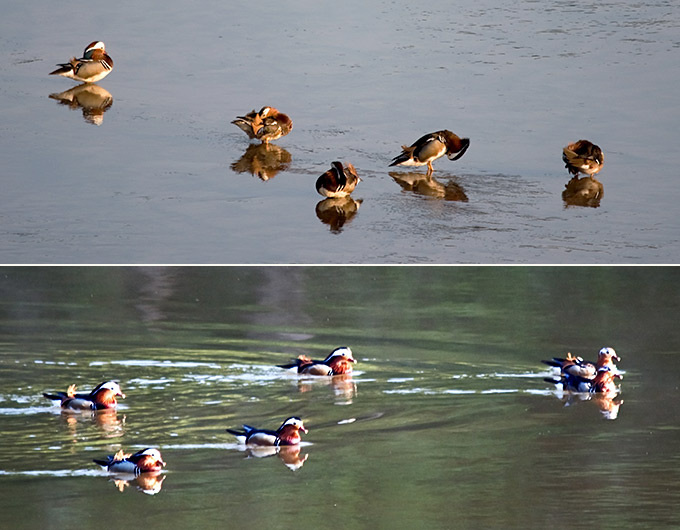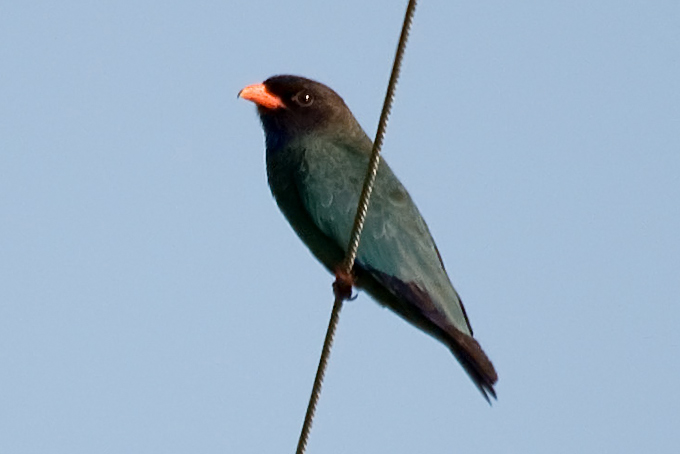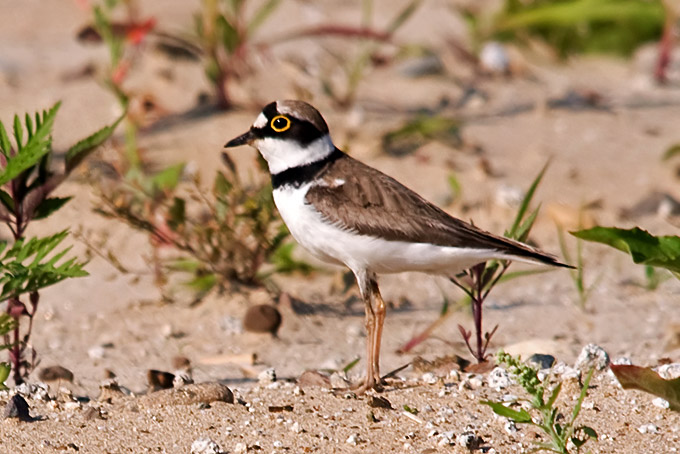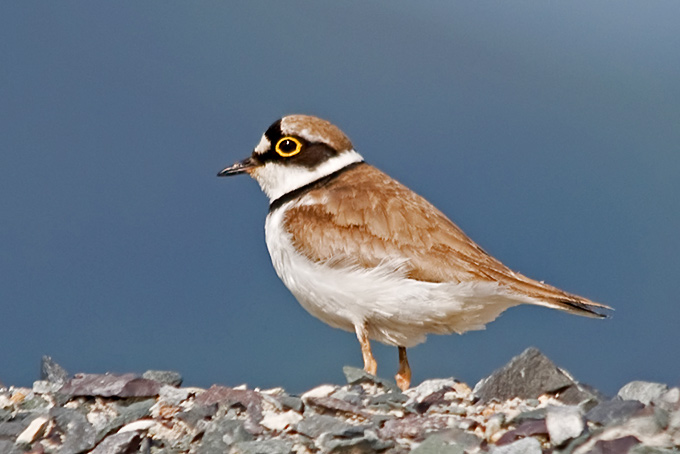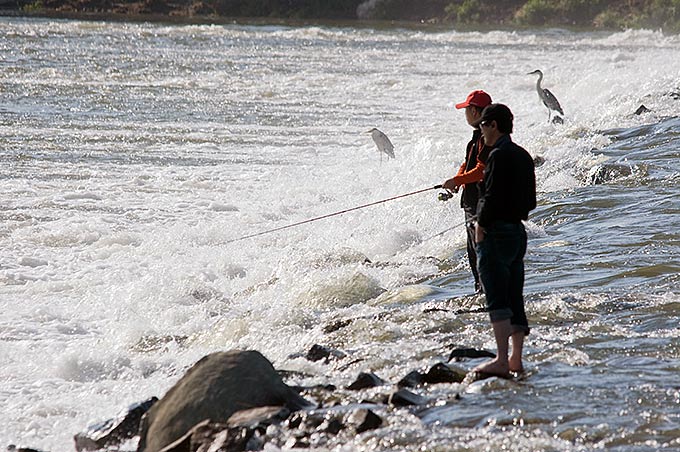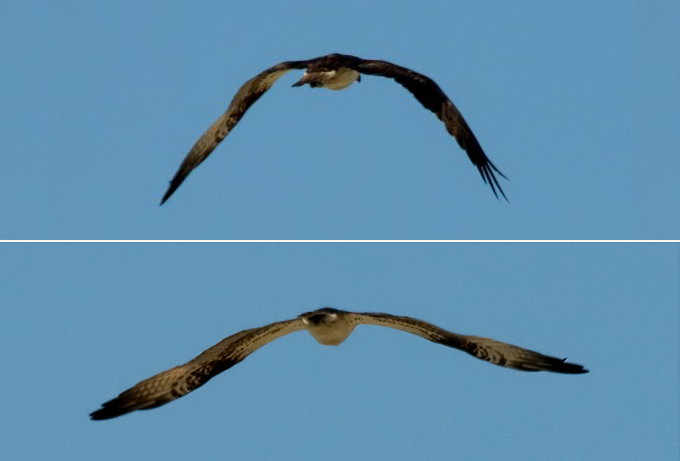 | E-mail to Birds Korea |
 | KWBS |
in the Region
 | The Oriental Bird Club |
 | BirdLife International (Asia) |
June
Often hot (temperatures up to 30°C or more inland) and humid, with very heavy rains some years by mid-month.
By early June, Yellow and the rare Schrenk’s Bittern are breeding in the least disturbed reed-beds, and Watercock give their (slightly comical) gulping calls in a few rice-field areas. Nesting activity in Black-faced Spoonbill and Chinese Egret colonies peaks, and forest nesters are still vocal, especially in the first half of the month. At Gwangneung, typical species include 4 species of woodpecker, Ruddy Kingfisher, Yellow-rumped Flycatcher and Mandarin Duck, while on the south coast at Geoje Island Pale Thrush, Blue-and-white Flycatcher and Yellow-throated Bunting predominate. Black Woodpigeon nest on Gageo and other islands and Styan’s Grasshopper Warbler are widespread on small islets. Although not usually considered a month for migration, June has nevertheless provided some national firsts in recent years, with a Lesser Coucal in 2005, Malayan Night Heron in 2006, and a Roseate Tern at the Nakdong estuary in 2008.
(The following records are a compilation of our own sightings and records sent in by other observers. As well as being posted on the Birds Korea website(s), selected records are also forwarded to other Korean-language birding websites; records of threatened species are arranged and forwarded to Birdlife International and national authorities when appropriate; flag images and records are passed to bodies responsible for their coordination throughout the flyway; and all records sent to us are used to compile annual reports and to support the evolving understanding of the status of many of Korea’s birds.)
Buk Gil-ri, Muan county, June 29
A very short visit at the site showed several Grey Heron and Eastern Great Egret on the the mudflat at low tide. On a small lake several families with chicks were seen: 4 Little Grebe with 3 chicks, 2 Common Moorhen with 2 chicks and 2 Eurasian Coot with two chicks which showed very briefly. Everywhere in the surrounding reed Oriental Reed Warbler's cacophony sometime overlayed by a single very load Vinous-throated Parrotbill.

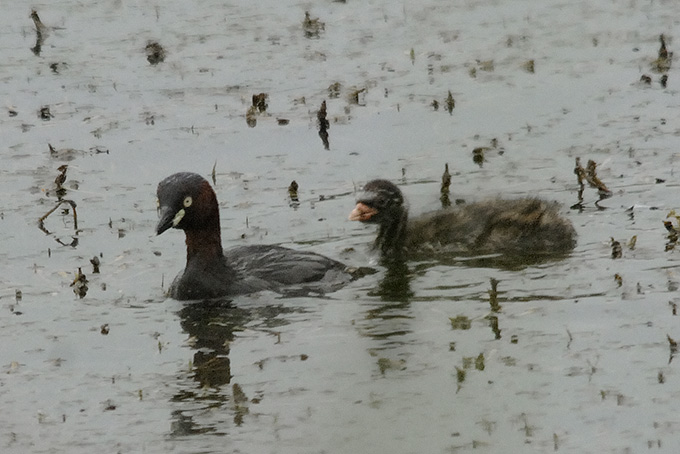
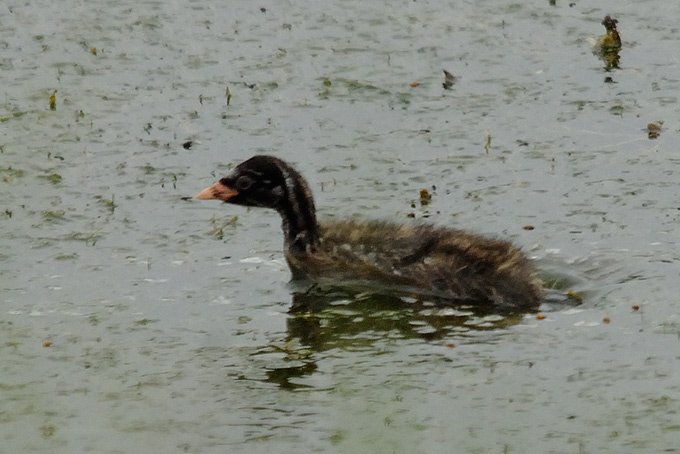
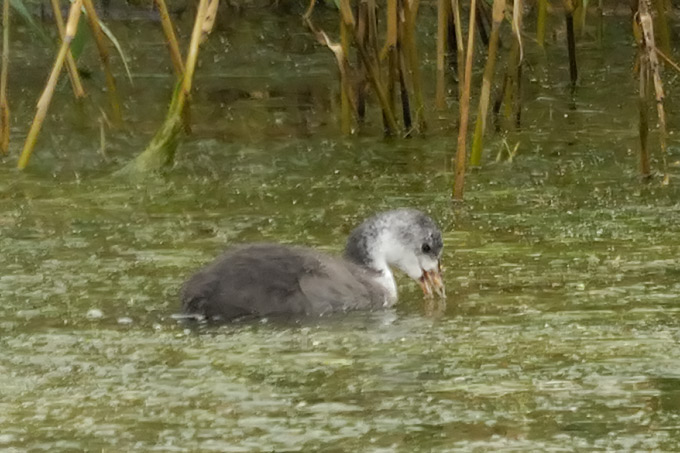
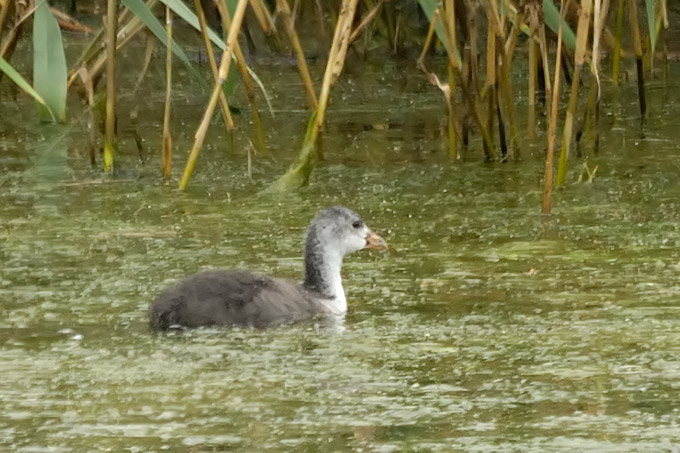
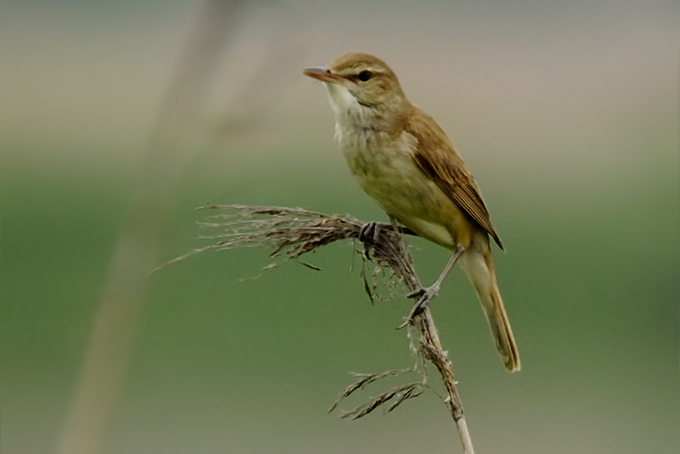
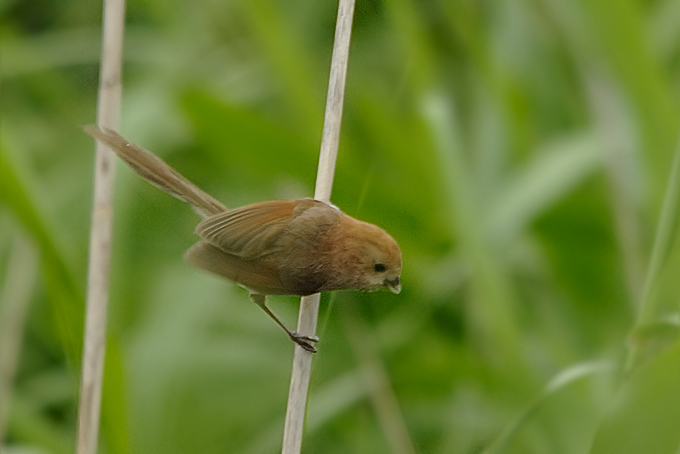
Ganseong coast, coastal streams and forest, June 28
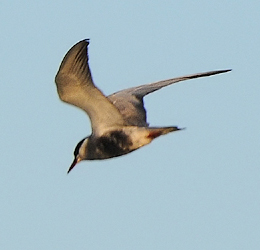
Photo © Barry Heinrich
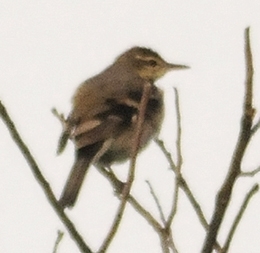
Photo © Barry Heinrich
A lot can happen in a week, even in quiet times. Since my last report a week ago. There have been a significant number of terns around Ganseong. Whiskered Terns were seen diving for fish in the lower reaches of Nam Cheon. On June 23 I saw more than 300 terns out to sea as well. I think they were mostly Common Terns but there were some Little Terns and a few Whiskered Terns with them as well. The number of terns out to sea was down to about 100 the next evening and there was only about 30 of them around on Sunday June 27. Whiskered Terns were still seen flying over and along Nam Cheon the same day. This evening there were about 12 Little Terns at the mouth of the creek, some diving and some were taking a bath in the fresh water. With soldiers watching I couldn't take any photos of them.
On the sandbar and beach dune near the mouth of Nam Cheon I have seen Kentish Plovers as well. There were 9 of them there on 23 June, but other days I could only see 3. On Sunday I saw a Little Ringed Plover with 2 small chicks in the same area. Thsi evening I saw a recently hatched Little Ringed Plover not far from the highway along Nam Cheon as well. Other breeding behaviour included several clutches of Spot-billed Ducks and a Mandarin Duck with a large brood foraging around the emergent plants and on the mud banks amongst the grass. There has been a male Pochard along Nam Cheon during the last week as well. I photographed it today.
Last Friday, 25 June, I decided to see what birds I could find along Buk Cheon, having thoroughly surveyed Nam Cheon during the last week. I wasn't surprised to find a flock of Black-tailed Gulls bathing in the fresh water a few hundred metres from the coast. I was surprised to see 19 Far Eastern Curlews resting nearby in shallow water. I made a quick trip to the northern side of the creek and photographed them. I was surprised because I didn't expect these birds to be heading south before the end of June about 3 months after I first saw the same species migrating north. On my way home, I heard a bird calling from the top of a dead tree on the ridge to the northeast of Ganseong Eup. I didn't recognise the song, so I quickly set up my scope and saw that it was a Forest Wagtail. It was just about the same time as the Sun dropped below the tree higher on the ridge, but I managed to get a couple of passable images. This was a new species for me, topping off a nice afternoon of birding.
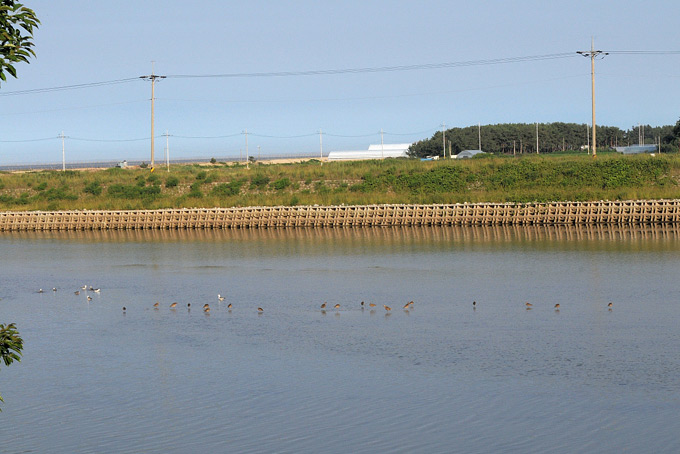
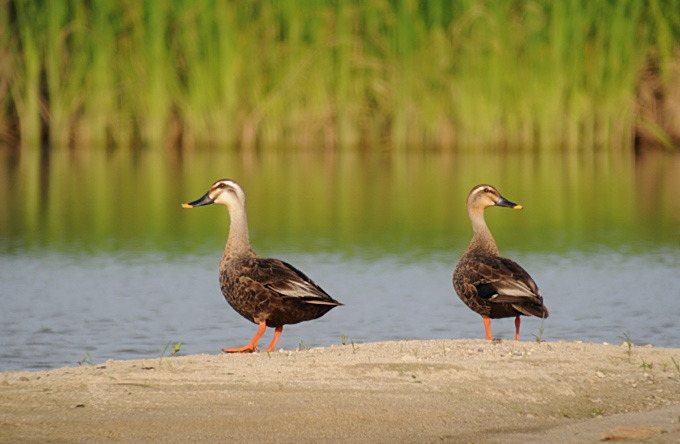
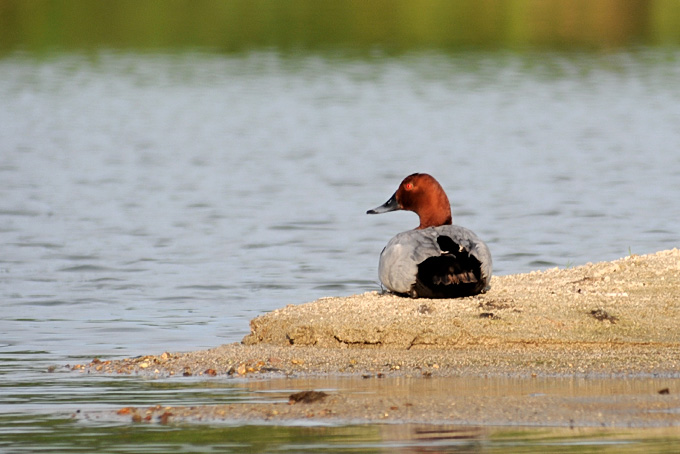
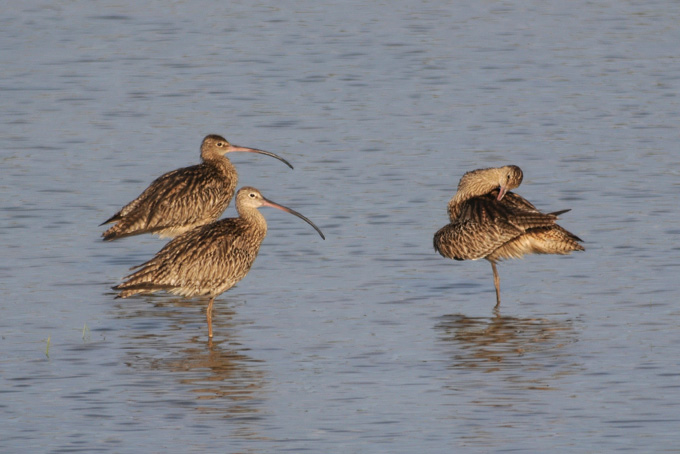
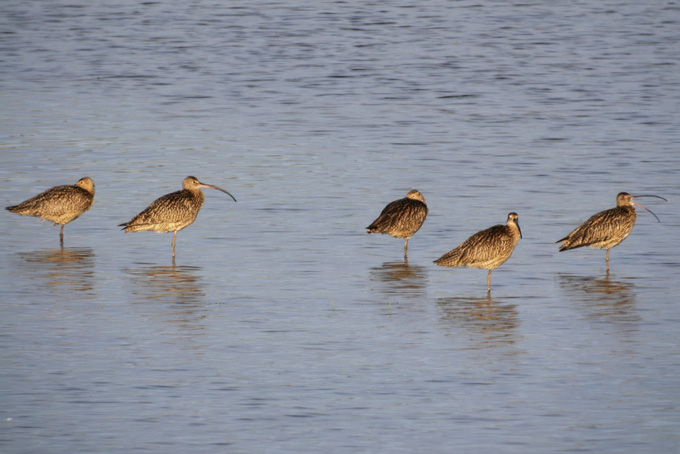
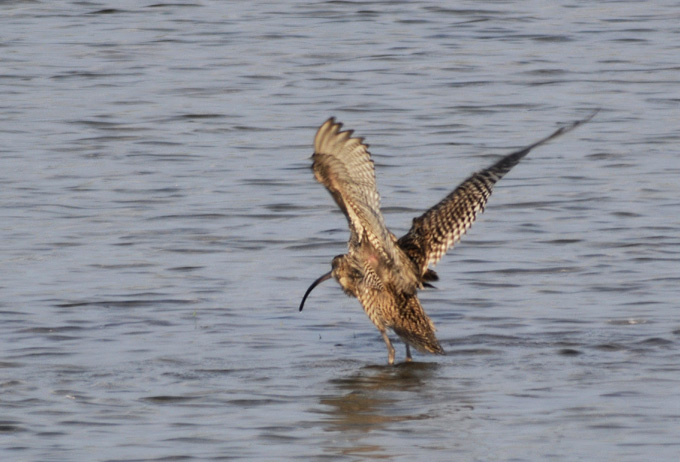
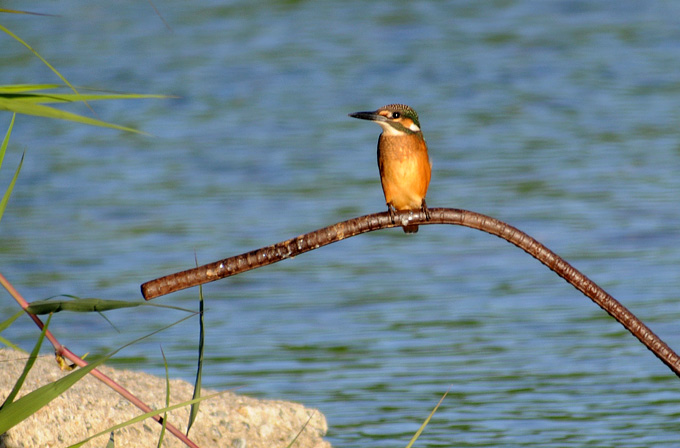
Dokjeok, Mungap & Beka Islands, June 24-27
A survey of three islands in Ongjin-Gun for Styann's Grasshopper Warbler found none present (despite areas of suitable habitat available). However it also provided an insight into the distribution of other resident and summer-visiting species.
All 3 islands shared the following species: Black-tailed Gull, Blue Rock Thrush, Peregrine, Temminck's Cormorant, White-cheeked Starling, Brown-eared Bulbul, Yellow-throated Bunting, Korean Bush Warbler, Long-tailed Tit, Spot-billed Duck, Brown Hawk Owl, Oriental Turtle Dove, and Eastern Great Tit.
Limited to the innermost island only (Dokjeok), were Indian Cuckoo, Tree Sparrow, Black-naped Oriole (4) , Eurasian Kestrel (1), and a White's Thrush (deceased).
Species found on both inner islands only (Dokjeok and Mungap) included Eurasian Jay, Eurasian Magpie, Grey Heron, Great Spotted Woodpecker, Oriental Scops Owl and Grey-backed Thrush.
Limited to Mungap Island only was a House Crow (Korea's first, and present since at least May 7th ), 2 Grey Nightjar, 3 Mallard, a Northern Hobby, 1 Black-browed Reed Warbler, sev. Varied Tit, and an Asian Stubtail & Gadwall (both deceased).
Recorded on Dokjeok and Beka islands only were Mongolian Gull and Lesser Cuckoo.
Present on Mungap & Beka Islands only, were Far Eastern Oystercatcher, Pacific Swift and singles of Barn Swallow.
Unique to Beka Island on this occasion was a Grey Wagtail, 1 Red-rumped Swallow, a Japanese White-eye, and 1 Narcissus Flycatcher and 1 Pale Thrush (both deceased). Interestingly Beka is not only the outermost island of the three, but the only one to feature significant broadleaved evergreen woodland.
Also of interest, 2 Dark-spotted Frog Pelophylax nigromaculatus and a male Blue Rock Thrush, most strangely sporting orange-centred primary coverts, were seen on Mungap-do. Four (undoubtedly introduced) Sika Deer Cervus nippon could be seen on Geurop Island, with also breeding colonies of Black-tailed & Mongolian Gulls on the 3 rock-stacks of Seonyan-do. In the same area, which is pleasantly devoid of driftnets, a concentraion of 30+ Finless Porpoise. One of the Long-tailed Tits on Beka Island was a magnus/caudata intergrade: there also were 2 Asian Keelback Amphiesma vibakari.
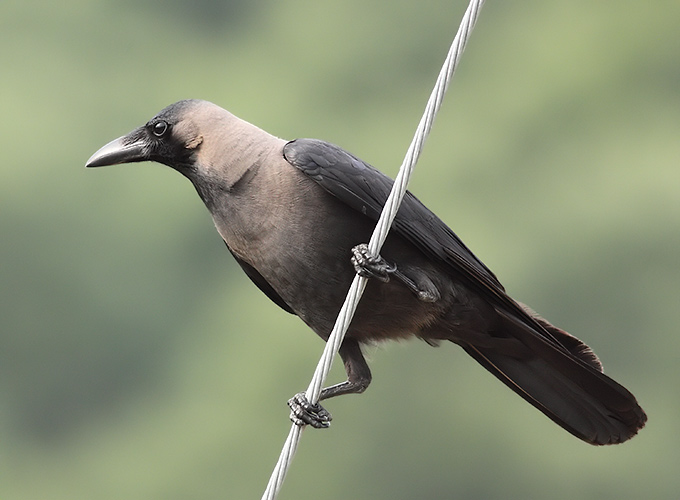
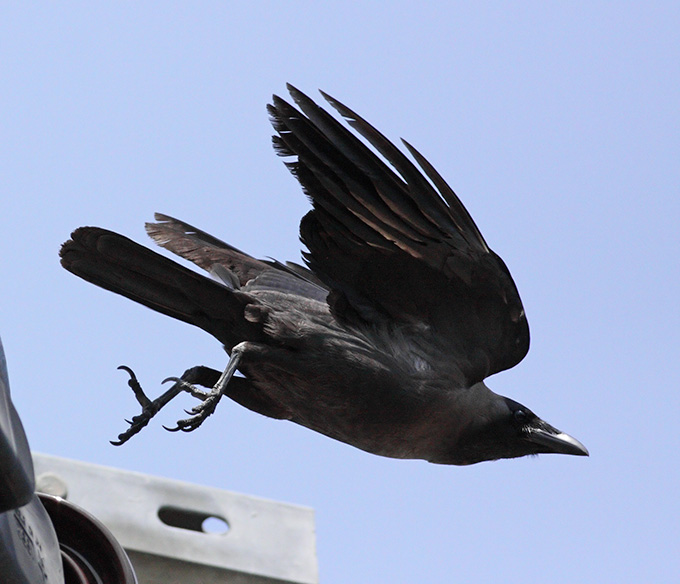
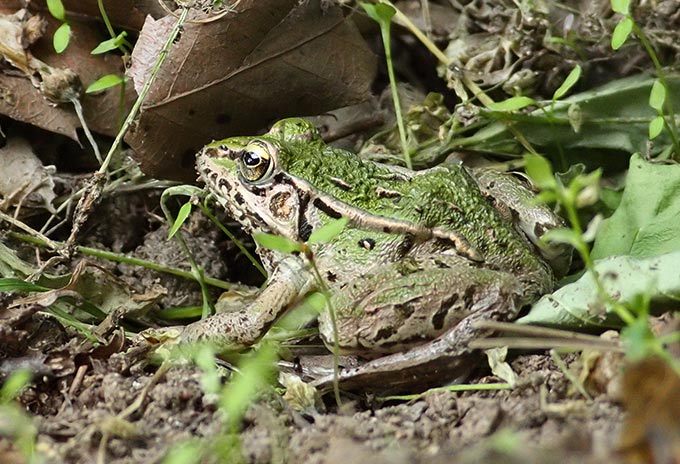
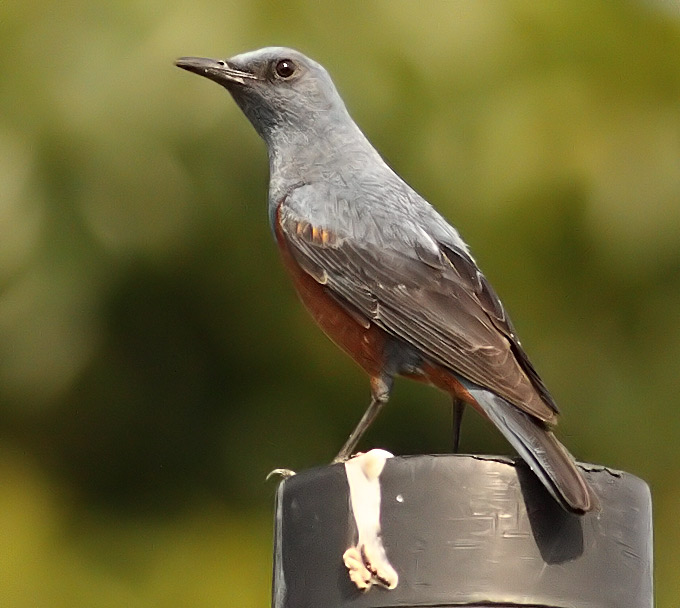
Imsong (Mokpo), June 27
A walk in the afternoon around the small village had noisy birds allaround. Among the permanent residents Common Magpie, Brown-eared Bulbul and Eurasian Treesparrows the most numerous and vocal c. 50-60 Azure-winged Magpie constantly moving around. While 17 Barn Swallows circled above a small lake for most of the time, a flock of c. 40 Long-tailed Tit moved from tree to tree. One Japanese White-eye showed briefly, in the fields a leucopsis White Wagtail and two Grey Heron were seen. Heard but not seen on two opposite sides of the village a Common Pheasant.
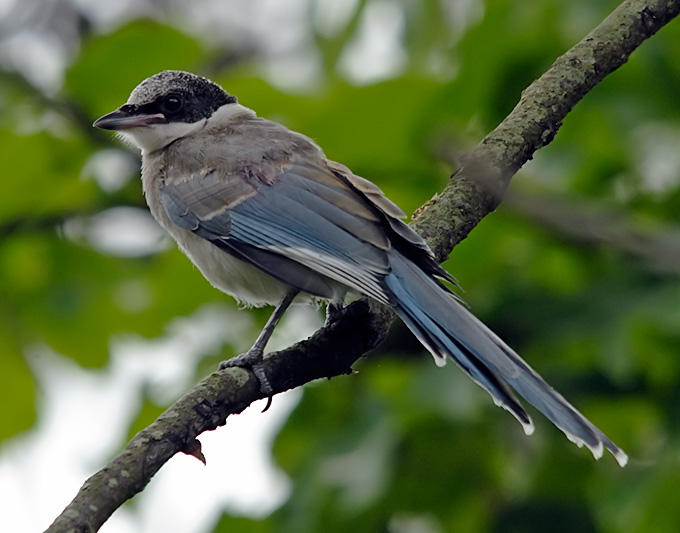
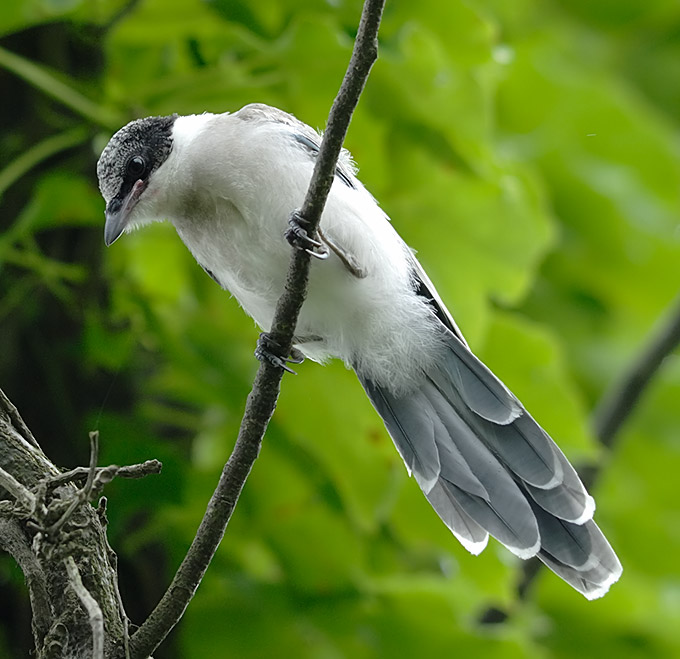
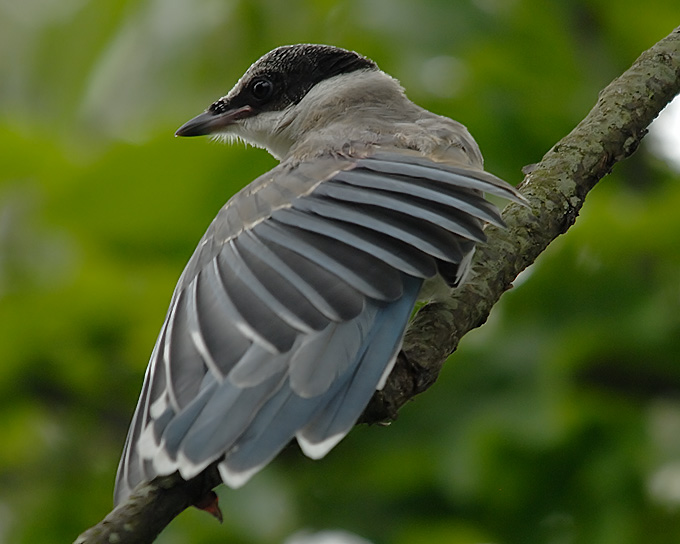
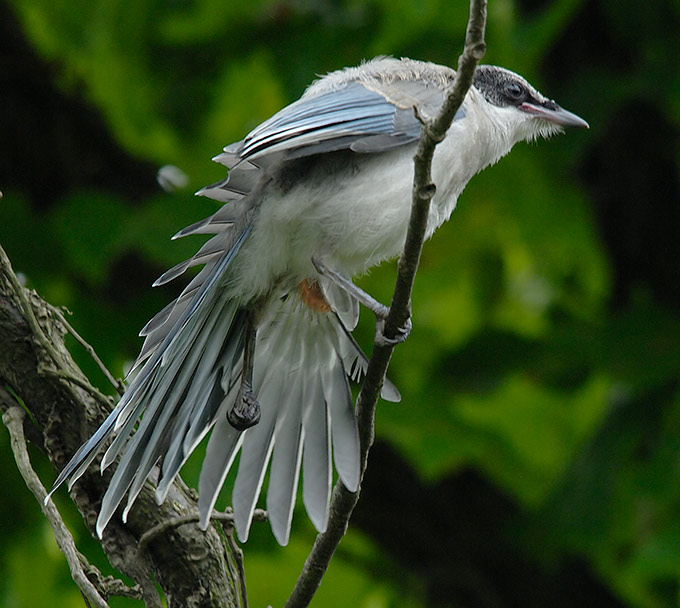
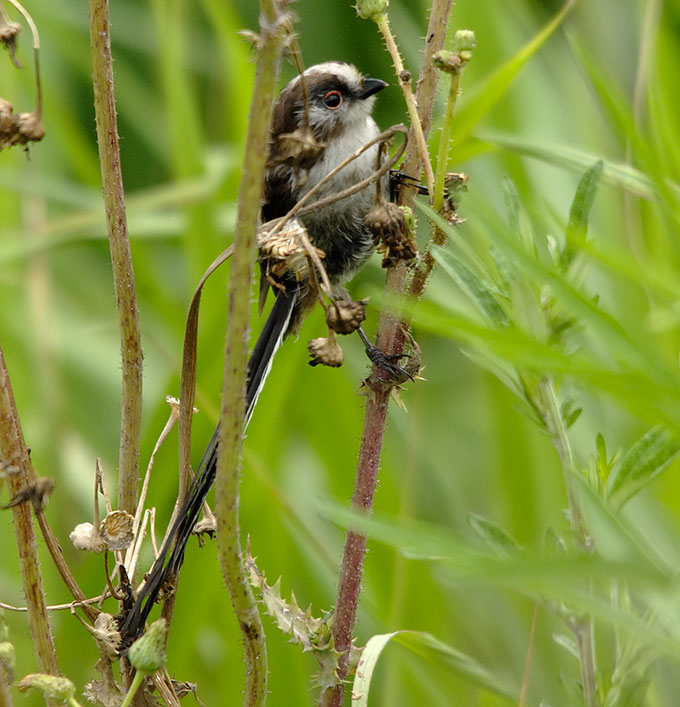
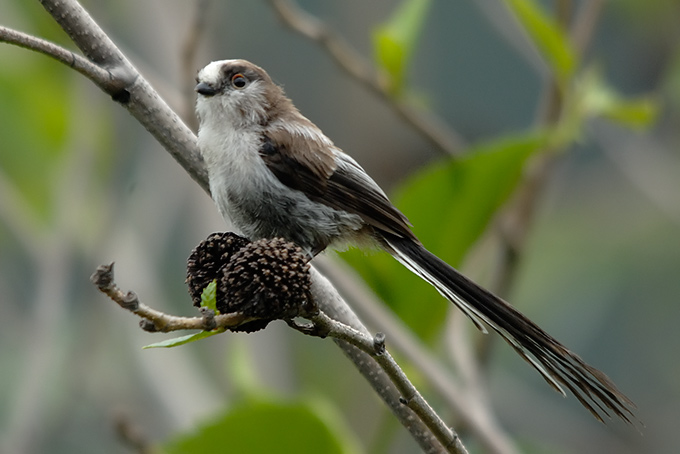
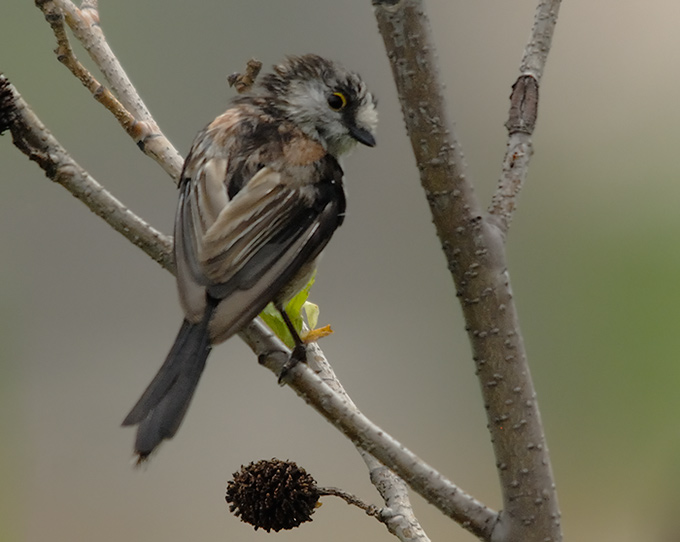
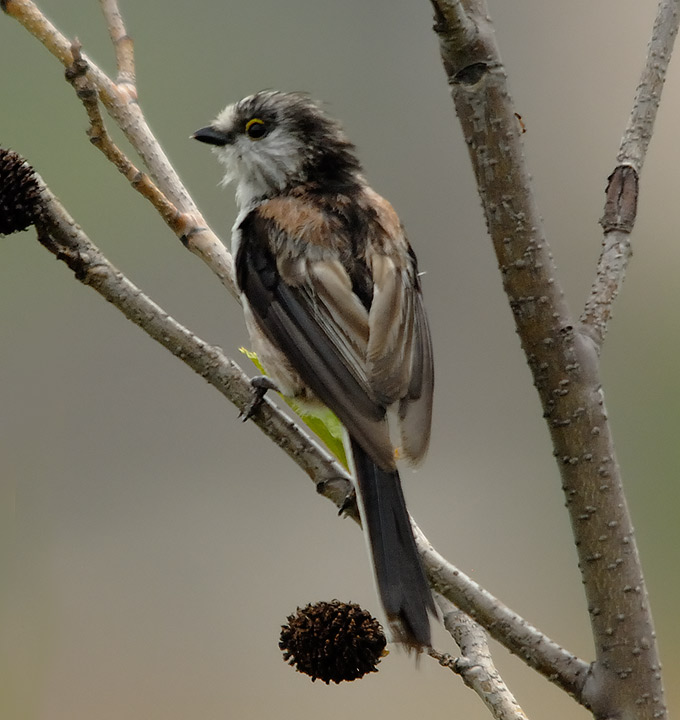
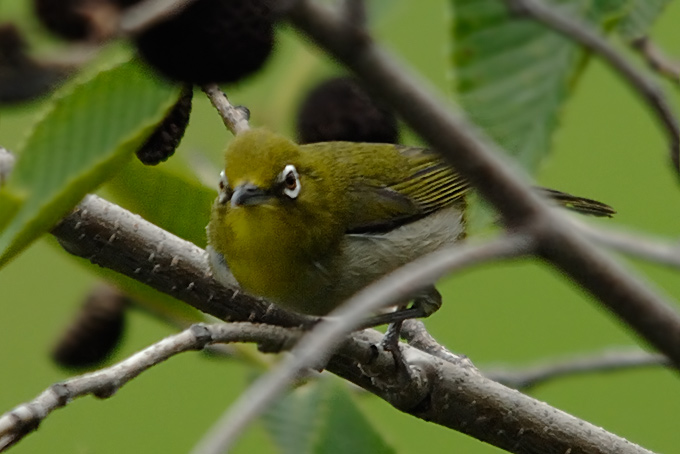
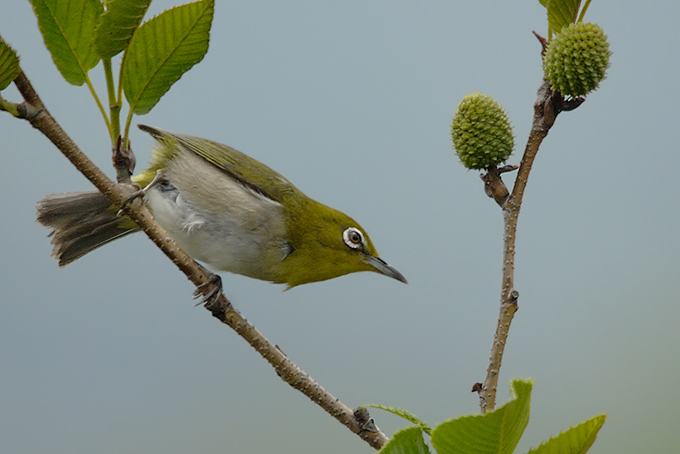
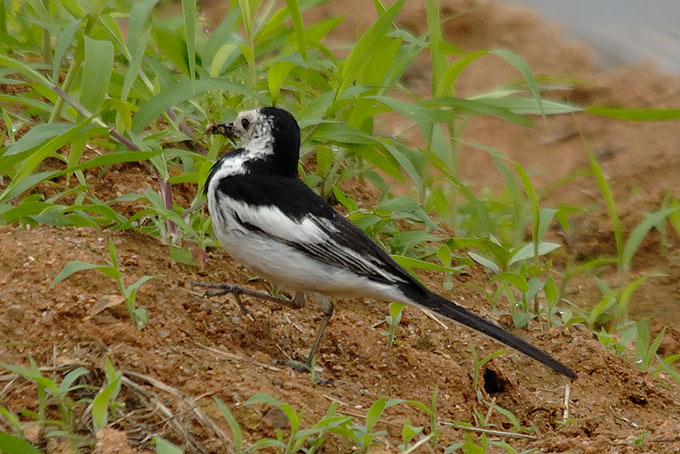
East Coast of Gangwon Province, June 22
After the excitement of the main migration period in April and May, the birding has been a little slower in my part of Korea. Nevertheless, there have been some interesting birding for me most days that I go and have a look.
In the rice fields between Ganseong and the coast I have seen some egrets in the last couple of weeks. One afternoon there was a mixed flock of Eastern Great Egrets, Intermediate Egrets and Grey Herons. Then another day I saw Cattle Egrets with Eastern Great Egrets and Grey Herons.
Along Nam Cheon there are still lots Oriental Reed Warblers and Tree Saprrows, along with Siberian Stonechats, White Wagtails, Little Ringed Plovers, Moorhen, Little Grebe, Spot-billed Ducks with ducklings, Mandarin Drakes and a couple of Ruddy Crakes.
On the sandbar at the mouth of Nam Cheon I have seen Kentish Plovers several times and Black-tailed Gulls. On a very humid hazy day I heard then saw 22 Little Terns over the sea.
I visited Buk Cheon one evening last week and got photographs of a Moorhen. There were Little Grebes in the same place.
Last Sunday morning I surveyed the birds along Namdae Cheon near Yangyang. The number of birds was relatively low, but I did see some good ones. Early on it was low tide and I saw more than 230 Black-tailed Gulls and a few Vega Gulls on a low sandbank near the mouth of the river. On the beach dune there were Grey Herons, Little Ringed Plovers and White Wagtails including juveniles. There were Spot-billed Ducks and Mandarin Ducks near the island just upstream from Naksandae Bridge.
Closer to Yangyang I saw Grey-capped Greenfinches feeding on canola seeds. A little further on I heard, saw and photographed a Black-browed Reed Warbler singing from a dry grass stem. This oblidging little bird allowed me to take all the photos I wanted and was still singing as I left. It's song incorporated the calls of numerous other birds, eight that I could recognise. They included Grey-capped Greenfinch, Zitting Cisticola, Oriental Reed Warbler, Tree Sparrow, Barn Swallow, White-cheeked Starling, Little Ringed Plover and White Wagtail. I really wished I could have recorded the bird on video because words cannot adequately describe the song.
The ornamental cherry trees along the road and nearby mulberry trees were bearing ripe fruit and these attached numerous White-cheeked Starlings. In the same area I saw a female Daurian Starling on the power line. I saw it fly down to some Robinia pseudoacacia trees near the road a couple of times carrying insects. This bird also oblidgingly allowed me to take photos of it perched and preening.
Overall, the bird has still been interesting in the last couple of weeks.
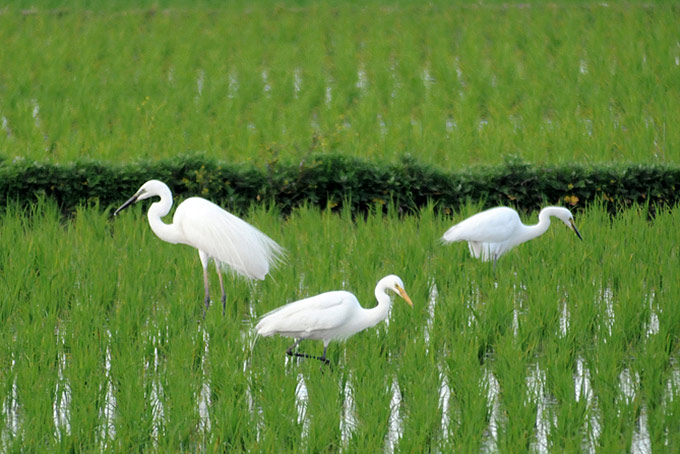
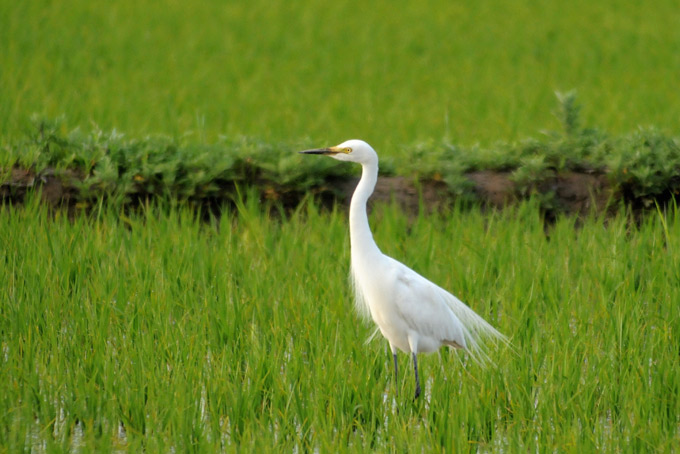
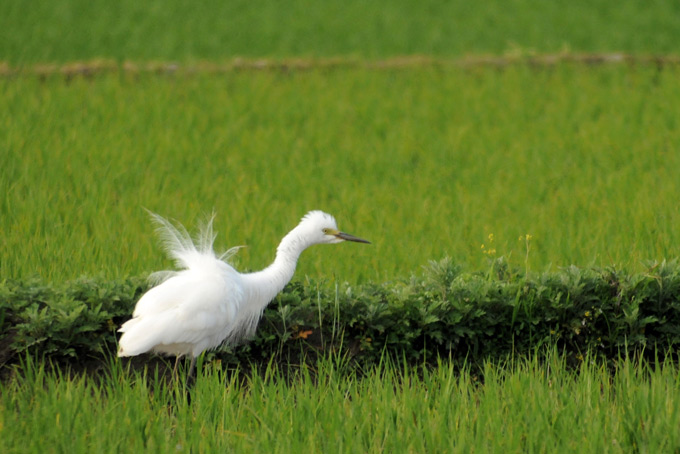
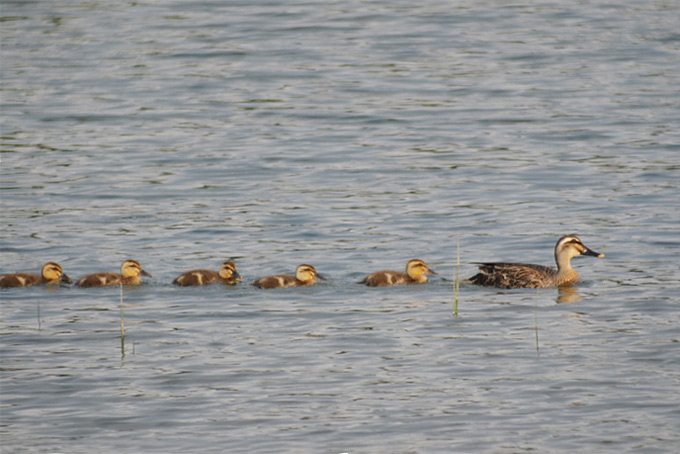
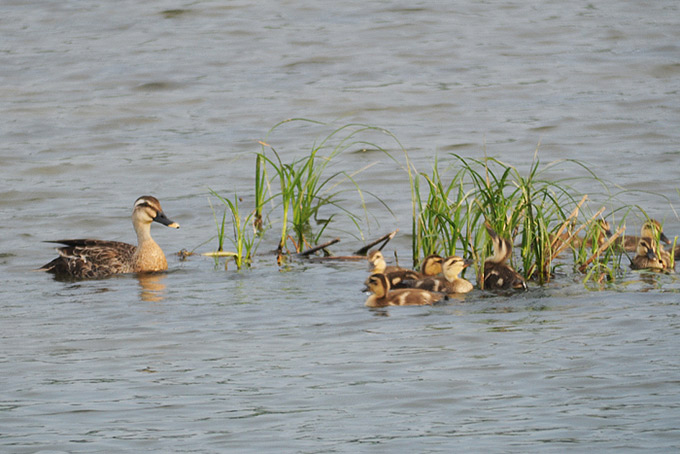
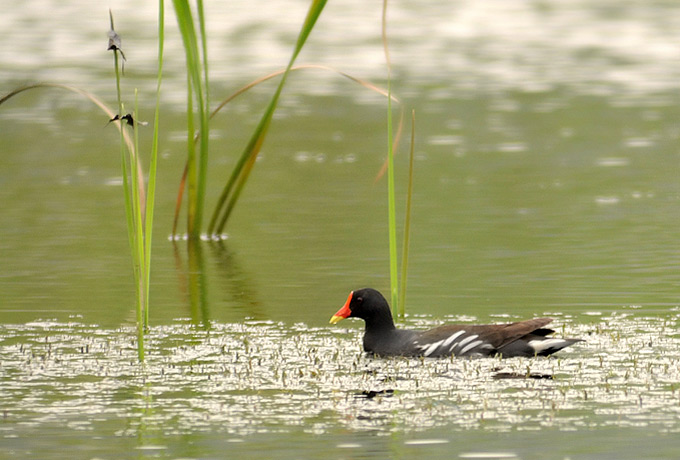
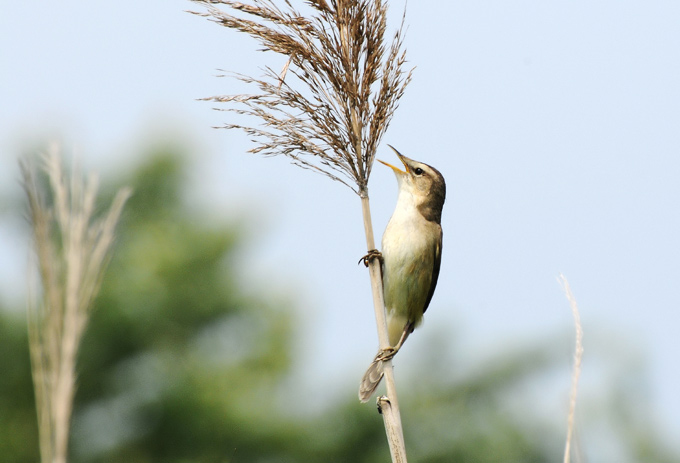
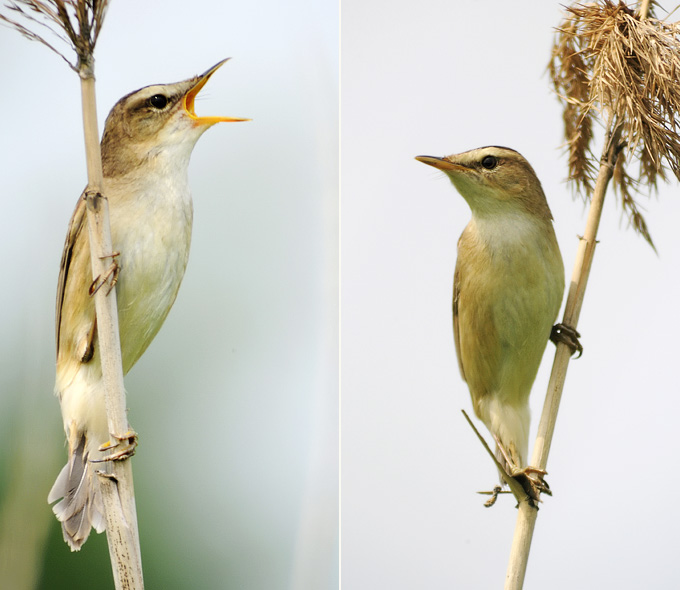
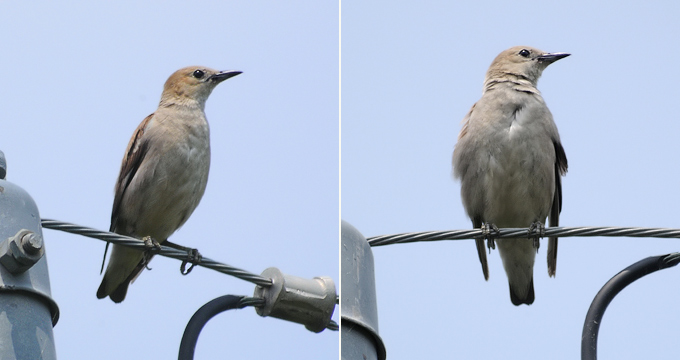
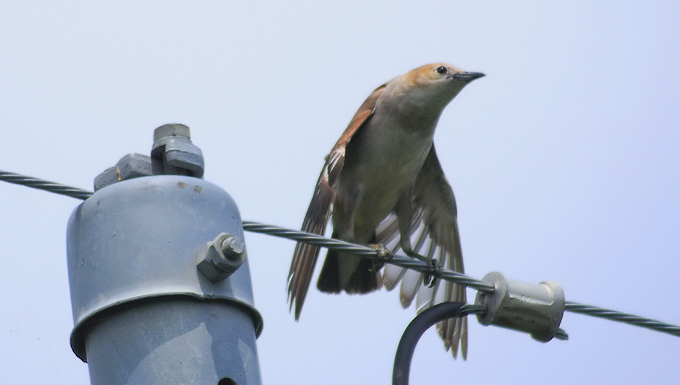
Jeju, June 17-20
Additional news from Jeju concerned an oversummering Black-throated Loon in Seogwipo harbor (reported by Matt Poll on the 16th). At Gotjawal forest on the 19th, both Ussuri Mamushi Gloydius ussuriensis and Tiger Keelback Rhabdophus tigrinus were to be seen, as well as a couple of Black-spotted Frog Pelophylax nigromaculatus. A wild Siberian Roe Deer Capreolus pygargus was near the university on the 17th, as well as several captive individuals at the park. Black Paradise Flycatcher appears to be widespread and fairly common in suitable habitat (dark broadleaved forest, ravines and particularly along well-wooded streams). Lesser Cuckoo are markedly abundant on Jeju (in contrast to the mainland).On the 20th with KYH, a Fairy Pitta singing from atop a lofty forest tree and a party of trivirgatus Long-tailed Tit: also a Pacific Reef Heron and view of the distant colony on a whitewashed cliff-face.

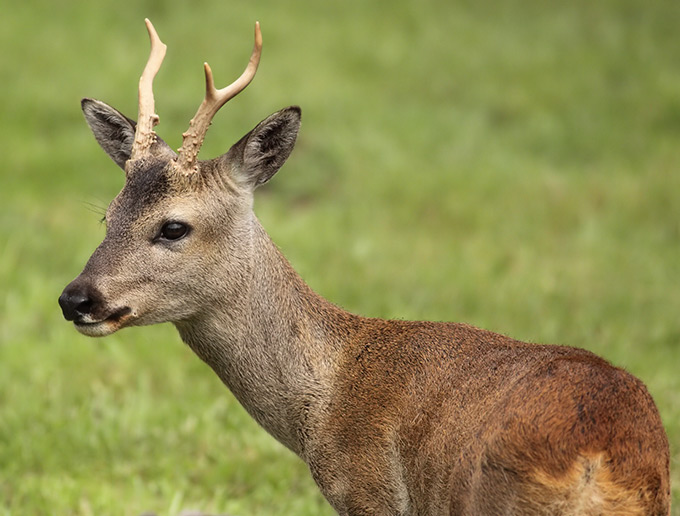
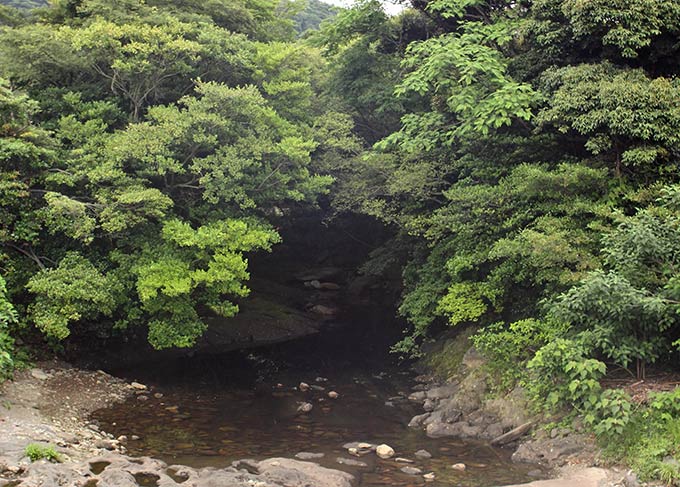
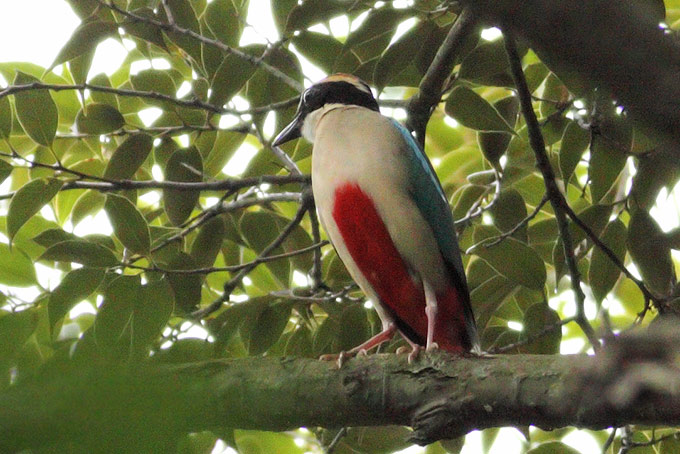
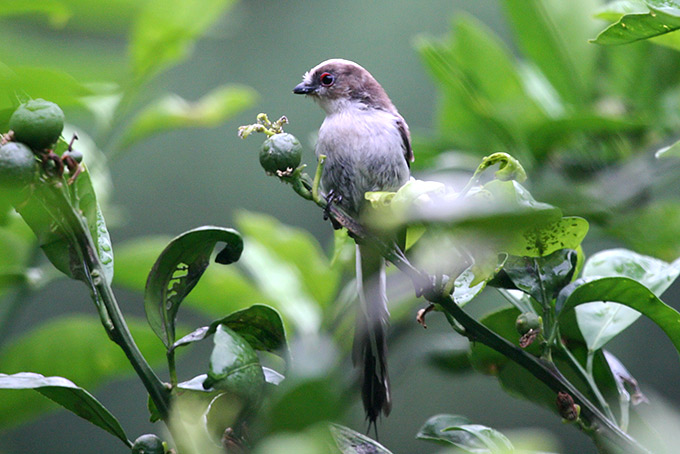
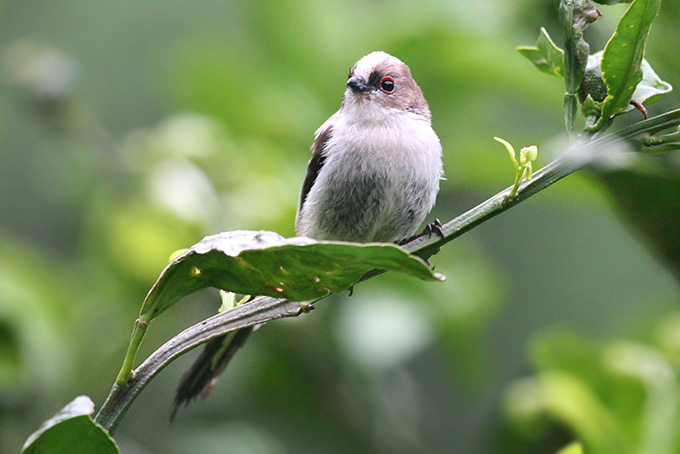
Junam Reservoir, June 19
My first visit to the reservoir for nearly 2 months. Summer has transformed the area, with lush vegetation and reeds along the banks of the reservoir harbouring numerous singing Oriental Reed Warblers, and bright green rice paddies dotted with Great, Intermediate and Little Egrets. Meanwhile, 3 Black-crowned Night Herons - an adult and two juveniles - hunched in a waterside tree. Over the main reservoir, numerous Little Terns were feeding, while the abundant floating vegetation provided ideal feeding grounds for 1 or 2 Whiskered Terns, which is perhaps of note given the potentially suitable breeding habitat and midsummer date.
Jeju Island, June 16-17
A quick ferry run out to Jeju’s beautiful woods, streams and fields. The boat ride from Mokpo was quiet, birdwise; calm winds and heavy fog perhaps the culprits; only a few Streaked Shearwaters for most of the trip, with a somewhat expected few hundred near Chujado.
On Jeju, I met up with KYH for the afternoon: highlights were several Black Paradise Flycatchers, a Scaly Thrush, small numbers of Japanese White-eyes and Japanese Bush Warblers and a (heard only) Fairy Pitta.
On the morning and early afternoon of the 17th we had 8 Black Paradise Flycatchers, 2 Grey-backed Thrushes and several Varied Tits. Unseen in the hills: singing Oriental, Common, Little, and Indian Cuckoos. Soaring over a wooded hillside and briefly right overhead: a somewhat unexpected Greater Spotted Eagle. We heard 4 Fairy Pittas and saw one twice.
The return boat through fog and rain had a few Streaked Shearwaters and a highlight of 7 Swinhoe’s Storm Petrels.
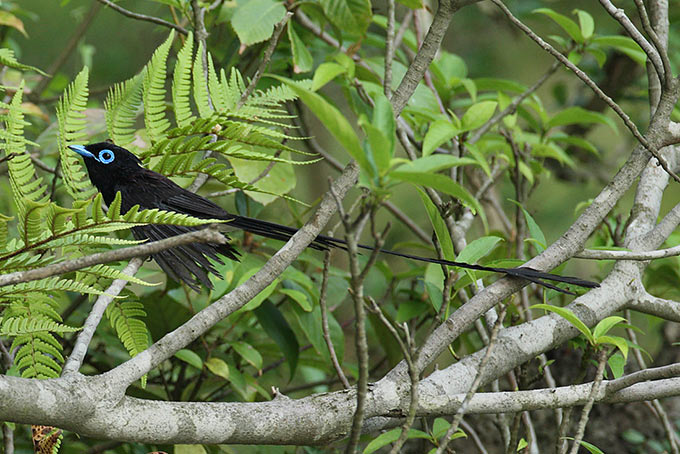
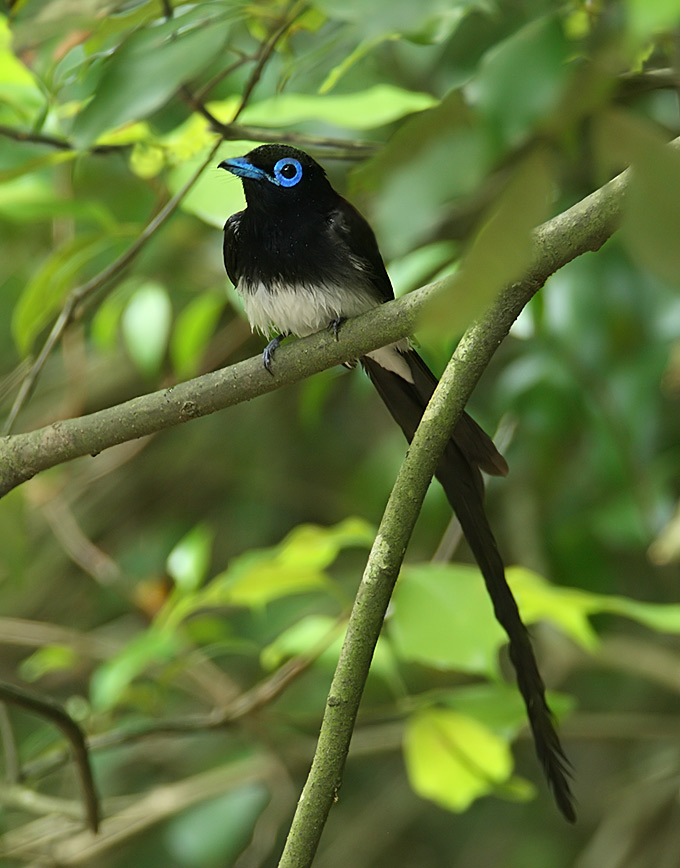

Mokpo Namhang Urban Wetland, June 16
At present 22 nests of Little Tern were found – two with three eggs, all other with two eggs. Together with the 18 nests of Kentish Plover and 3 of Little Ringed Plover giving a total of 42 nests for this spring/summer. Also of note is the arrival of the first 2 Long-billed Plover on Monday 14th.
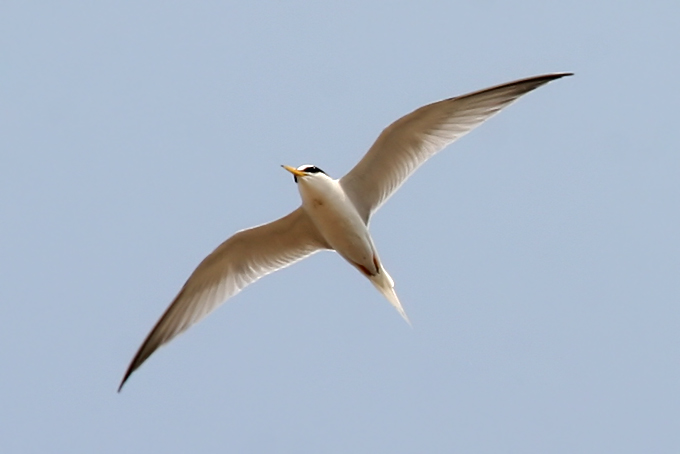
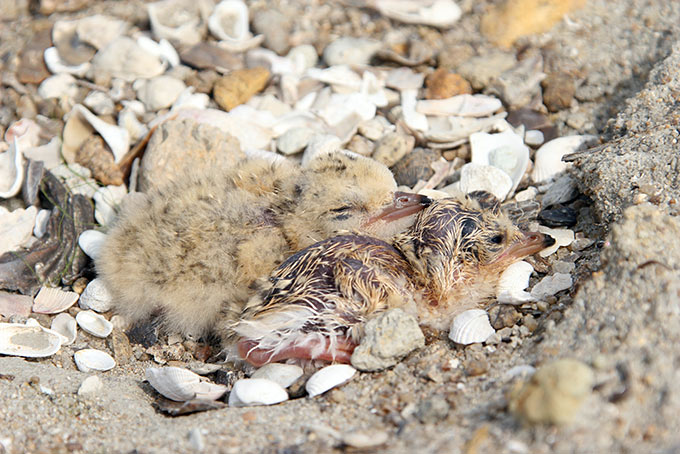
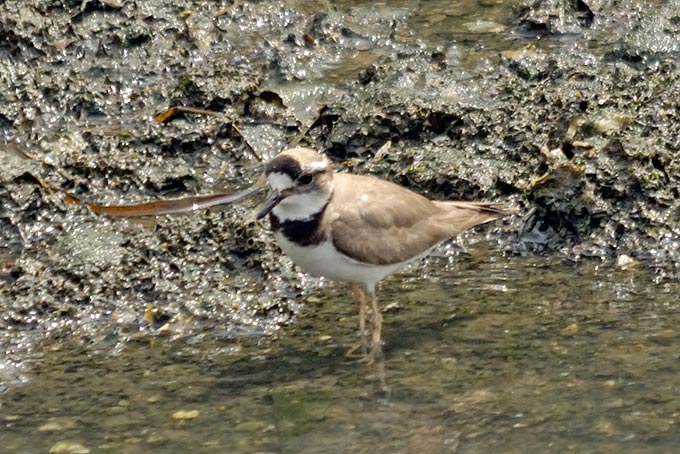
Uiryoung, June 11
A short stroll along a small river at Uiryoung, and as I passed the White-backed Woodpecker’s nest-hole everything was quiet, maybe because a Chinese Sparrowhawk was patrolling nearby. An Azure-winged Magpie pounced on large insects in the long grass. An Oriental Dollarbird perched on a magpie’s nest for a few minutes, causing great consternation. A Varied Tit appeared with a large sprig of moss as its spouse screamed at me from another tree. The builder then popped into its new home, clearly preferring central heating. A Grey Wagtail and a Japanese Wagtail fed beside a large pool, joined by a Common Sandpiper. But the star act was presented by a cunning Striated Heron who crept up on a fish in mid-stream. From lightening strike to rock lasted five seconds. After “gurgitating” its prey with a mighty gulp, the bird washed it further down with a beakful of water. Later it came back and started fishing again.
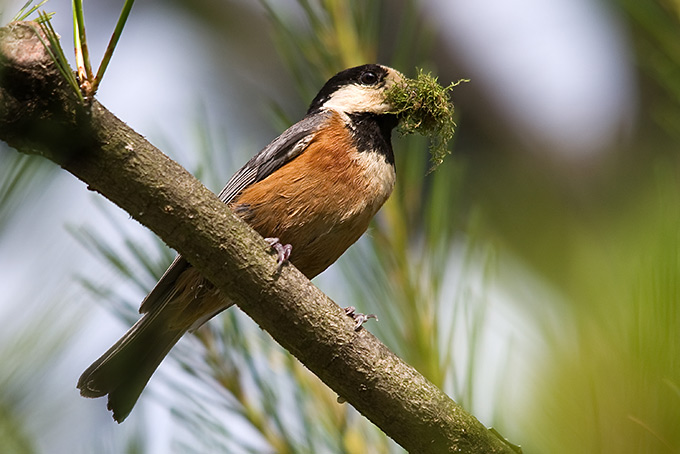
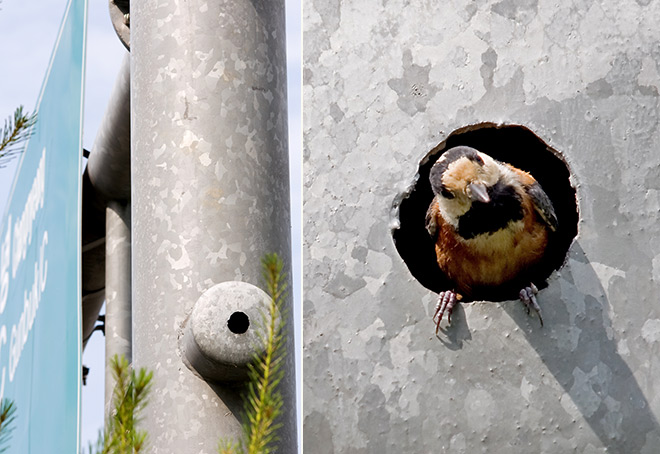
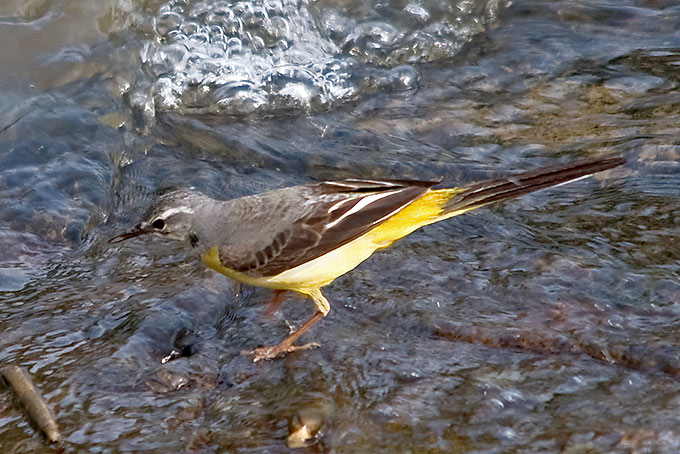
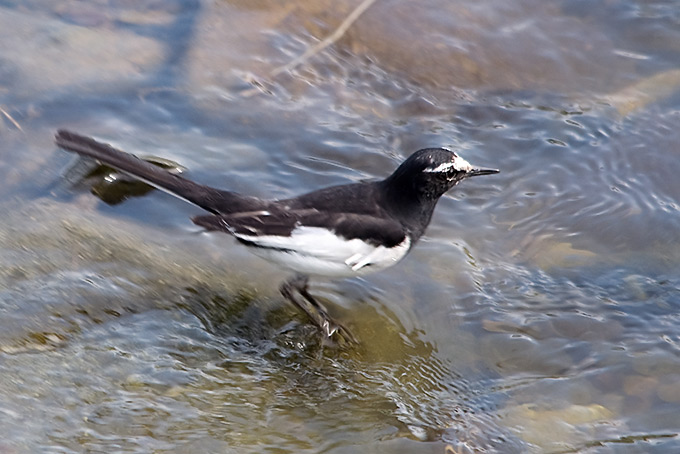
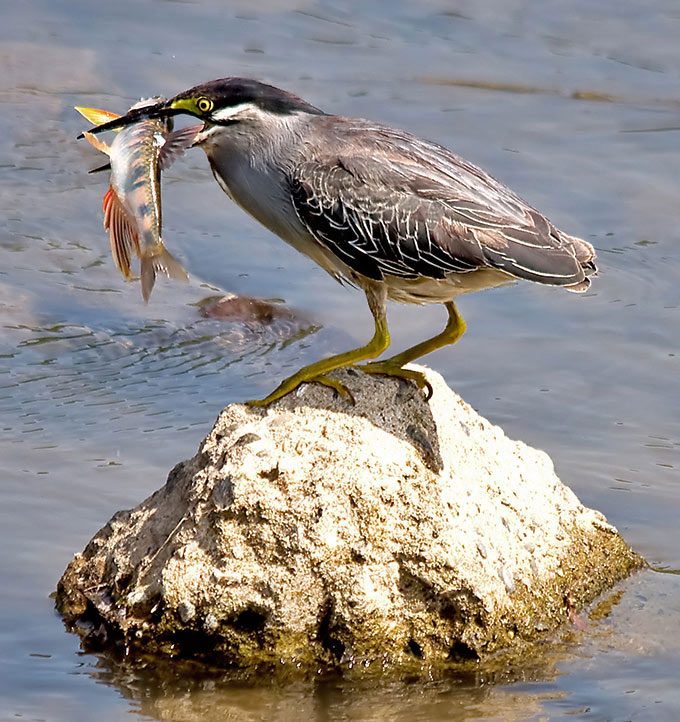
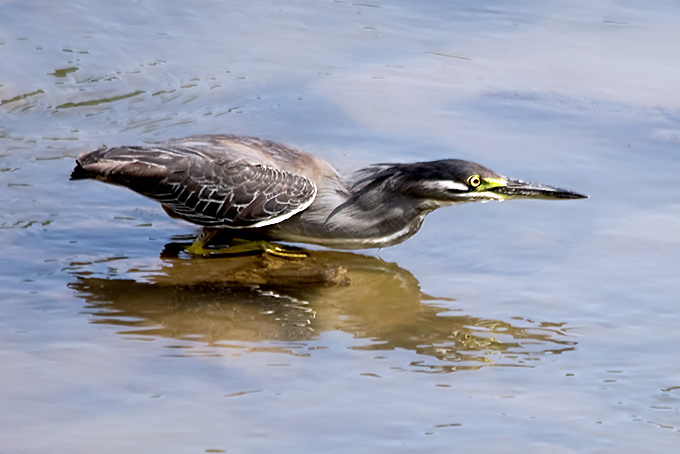
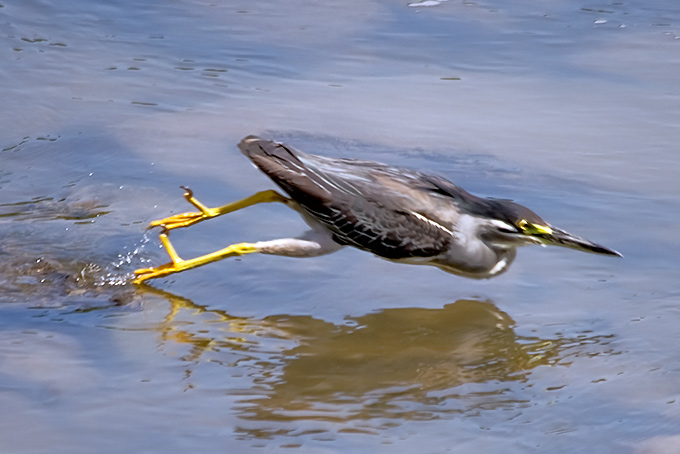
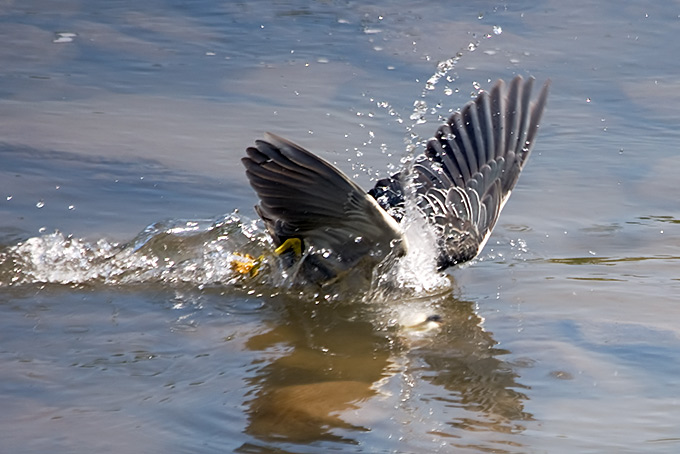
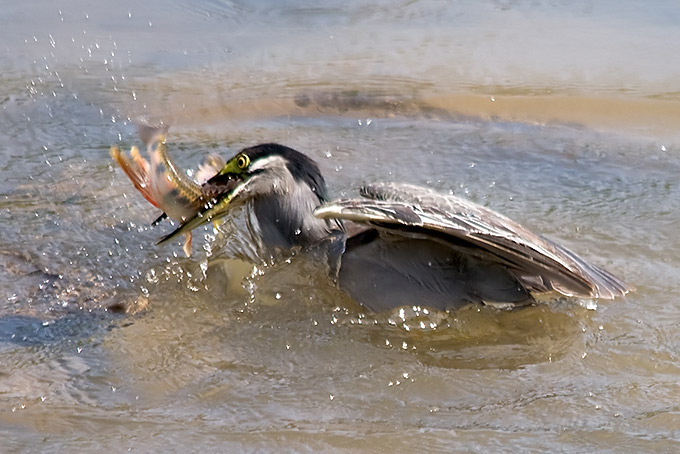
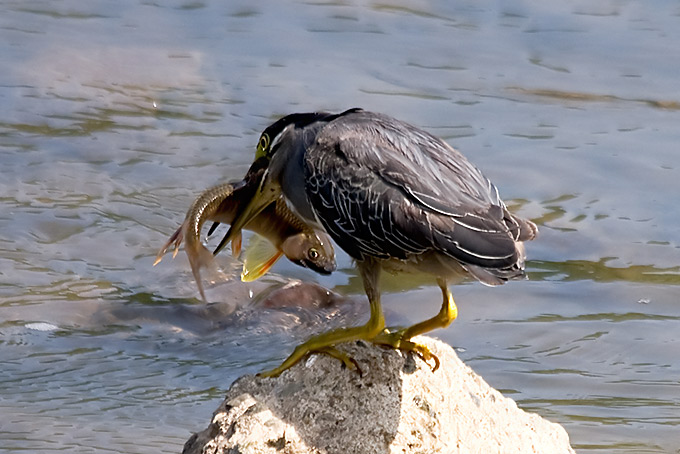
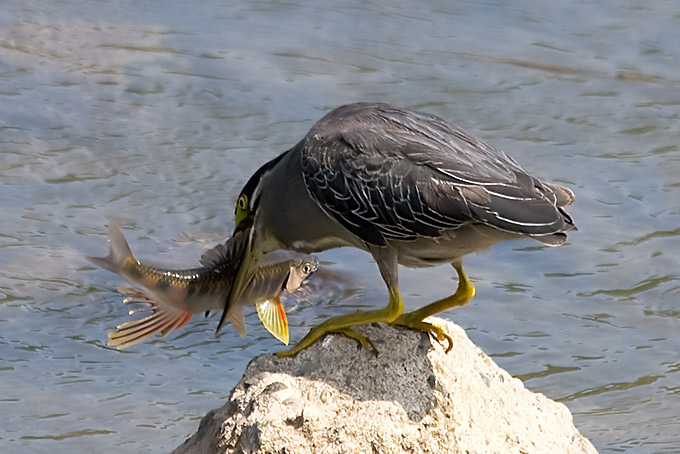
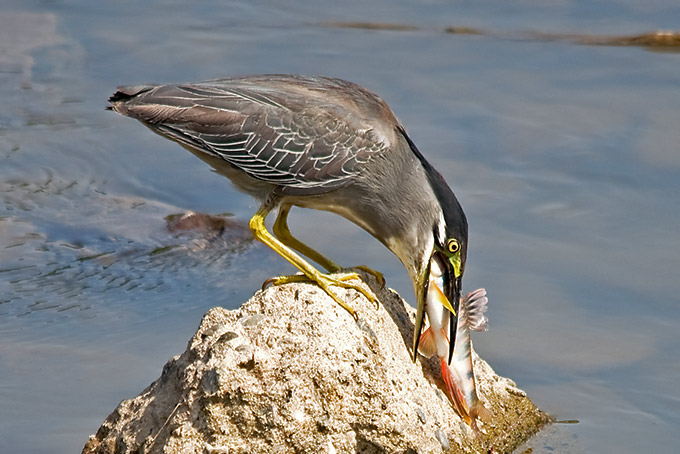
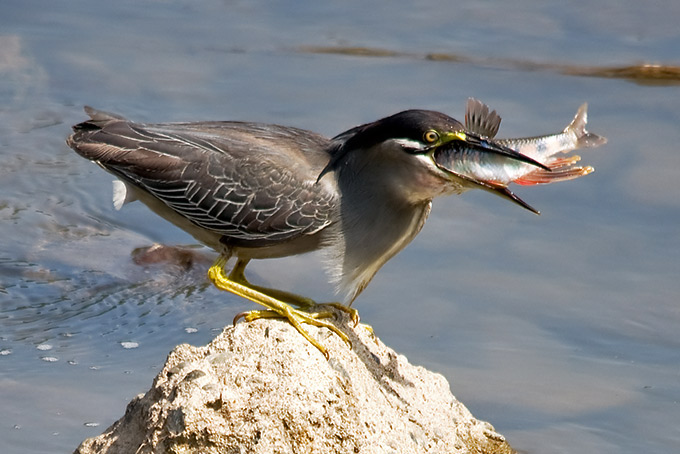
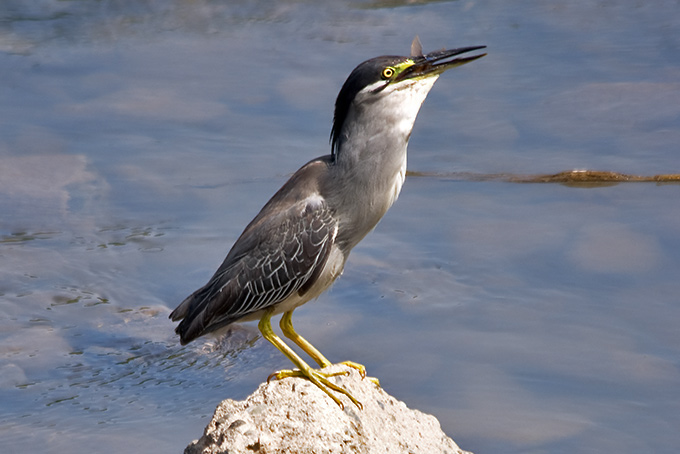
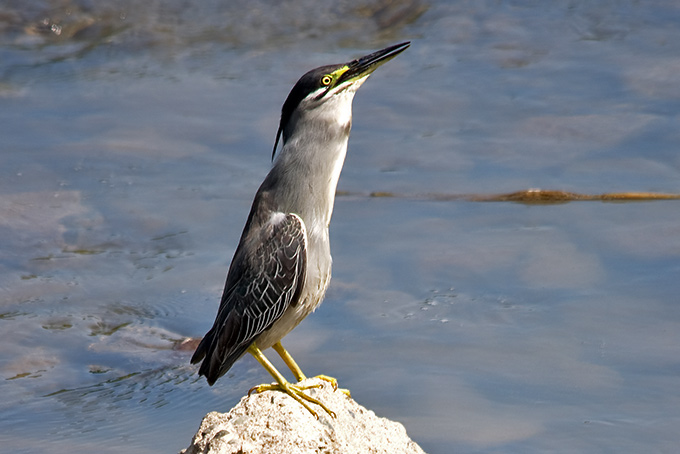
Ganseong x wetlands and forest, June 10
June has seen the departure of most of the passage migrant species with only a few stragglers still around Ganseong. There have been a few less commonly seen species around to maintain the interest of the enthusiastic birdwatcher.
I took advantage of the election day holiday on June 2 to got to Mount Goseong for the first time. I saw a few nice birds including a male Blue and White Flycatcher and near the top of the mountain I have good views of an Eye-browed Thrush. I heard a Little Cuckoo calling a number of times as well.
In the first week of June I saw some Black-winged Stilts, a Northern Shoveler, Grey-tailed Tattlers and a Terek Sandpiper along Nam Cheon. There have been good numbers of Oriental Reed Warblers and Siberian Stonechats around as well. There have been a couple of Moorhens and a Black-browed Reed Warbler there as well.
On two occasions I have seen a Chestnut-cheeked Starling, once along Buk Cheon on June 5 and again along Nam Cheon on June 8. Just after seeing the Starling along Buk Cheon I also had clear views of a Grey-backed Thrush. It was good to actually see one of these thrushes as usually they can only be heard.
On June 8th I heard a Ruddy Crakes along Nam Cheon, and saw two of them on June 9th. There was a Common Greenshank there as well on the 9th. On the Sandbar at the mouth of Nam Cheon I saw a Whimbrel and three Kentish Plovers, one of them an immature bird. I suspect that they had a nest somewhere in the vicinity during spring. Other breeding species included White Wagtail Motacilla alba leucopsis and Japanese Wagtail with juvenile birds from both species appearing in the last week. Unfortunately the heavy rain in late May flooded the nest sites of Little Ringed Plovers along Nam Cheon this year.
There has been a Hobby around, usually seen at dusk catching flying insects. Dollarbirds join in the feast as well.
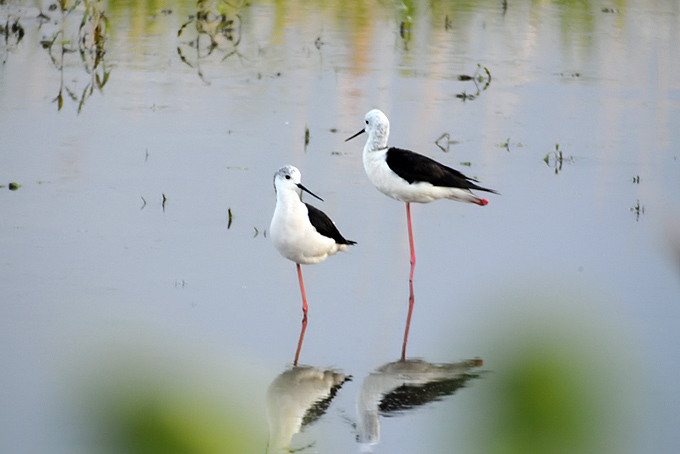
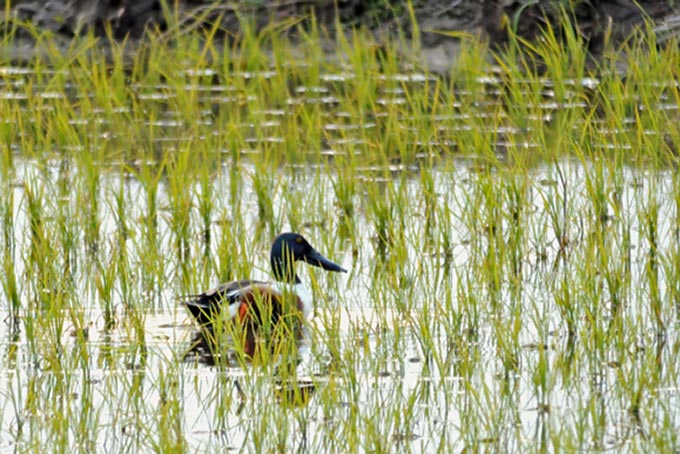
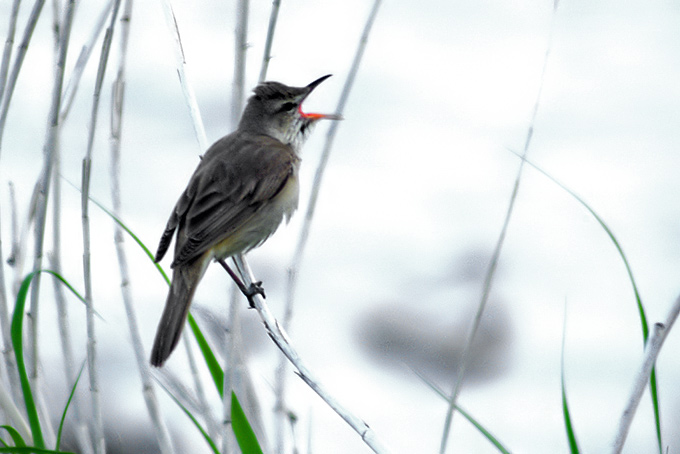
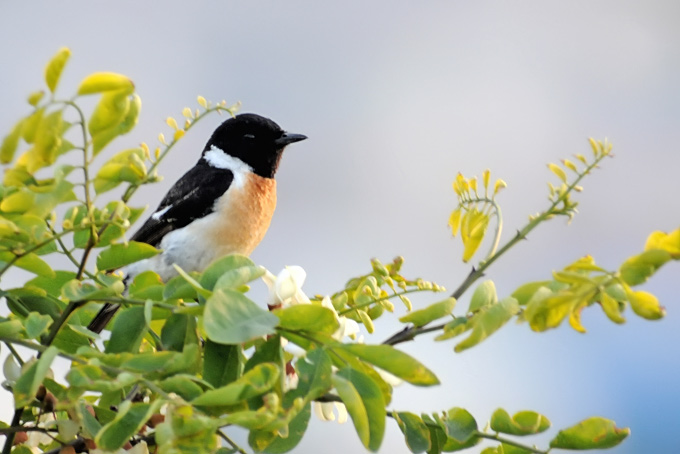
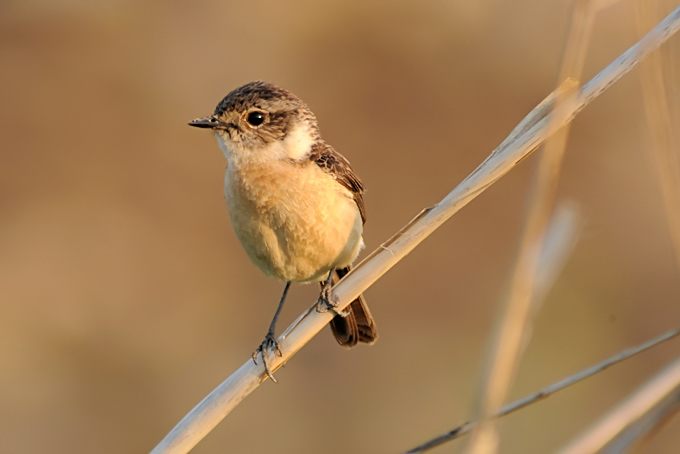
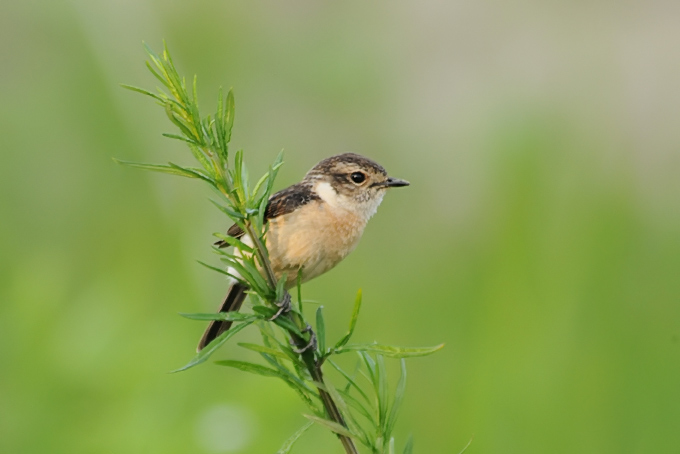
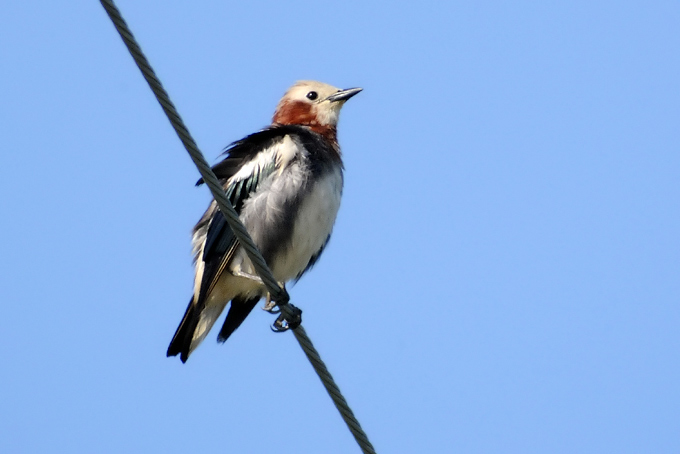
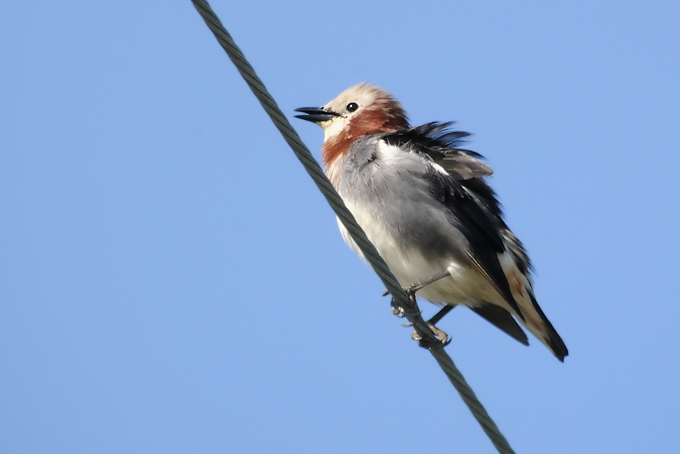
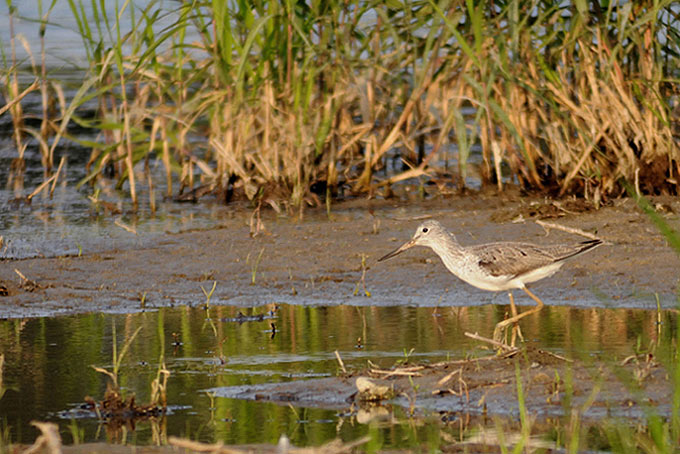
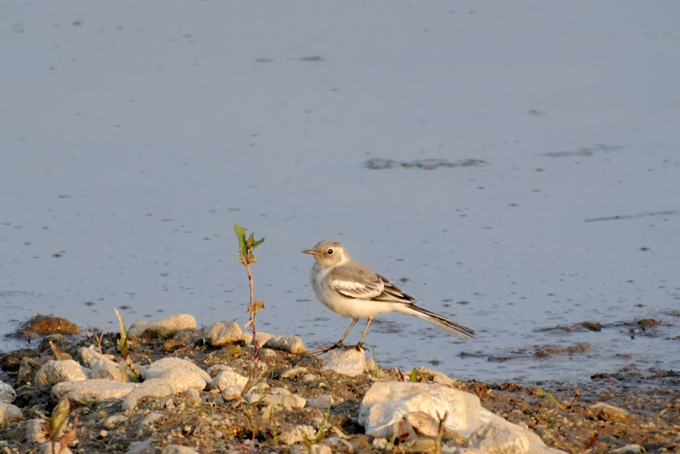
Majin, June 3
A huge and magnificent Eurasian Eagle Owl was sitting on a wire by the cliffs overlooking the Namgang at 9.30 this morning. There was only time to grab a couple of snaps through the windscreen before it was mobbed by a magpie and wheeled away.
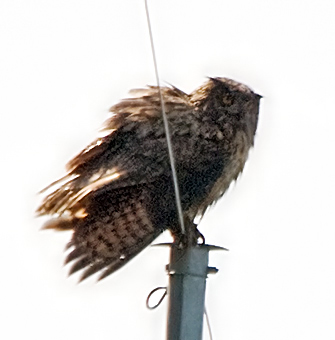
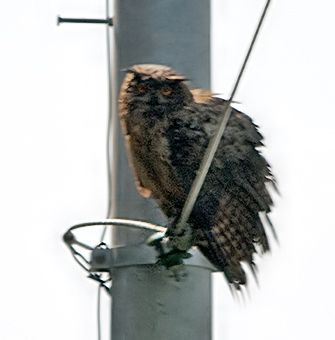
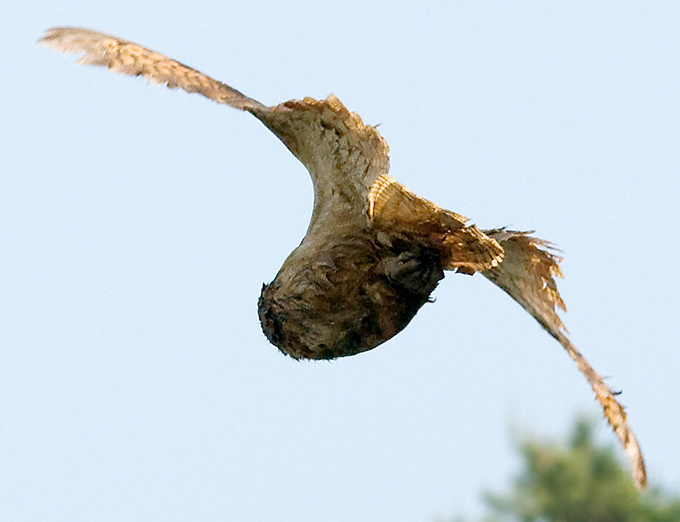
Socheong Island, June 2
The third and final day of the last three-day survey circuit this spring found fifty-five species, with increased numbers of Chestnut-flanked White-eye (53) and Tiger Shrike (18) in the east. With no sign again of the Japanese Night Heron despite much searching, the obvious highlight was again a Fairy Pitta – singing incessantly (yet sadly remaining invisible…): most likely the same bird heard in the main village yesterday. More intriguing, however, was the sudden appearance of a flock of 40 Brown-eared Bulbul at Northeast Point in addition to a further fifteen in more predictable locations – easily the highest number seen on the whole island during the past two months.
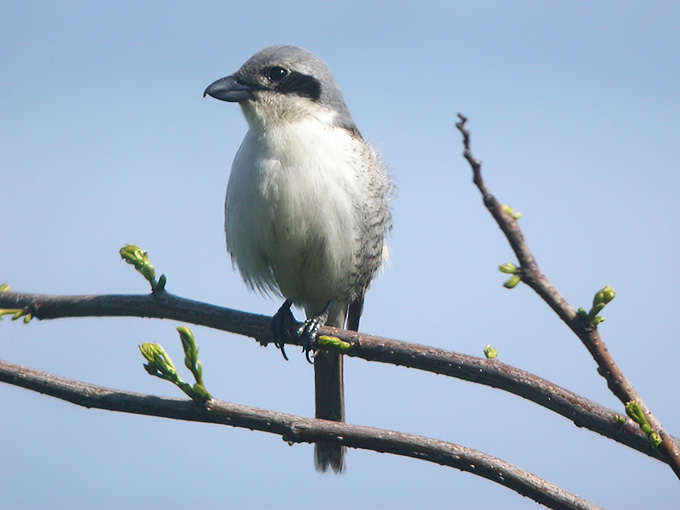
Socheong Island, June 1
The spring wind-down is perhaps taking a little longer than expected, and survey of the whole island found 73 species, including a singing Fairy Pitta heard in the main village, five Black Drongo and at least 16 Light-vented Bulbul, in addition to the Japanese Night Heron, which was seen for all of three seconds today…Other species of note included singles of both Blyth’s and Red-throated Pipits – the latter species especially extremely late.
Socheong Island, June 1
Relatively quiet, with many birds having departed the island by morning: what remained was hiding in low cover or otherwise hard to see. Best probably good look at a second calendar-year Northern Hawk-Cuckoo- and 2 very close Grey Nightjar: otherwise (pictured) were the skulking Lanceolated Warbler, Radde's Warbler, Black-browed Reed Warbler, and in thick mist which later enveloped the island, 2 flocks of Chestnut-flanked White-eye.
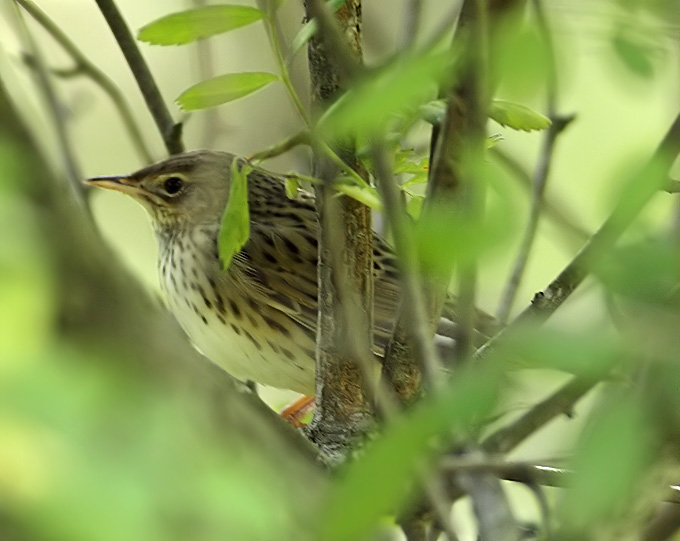
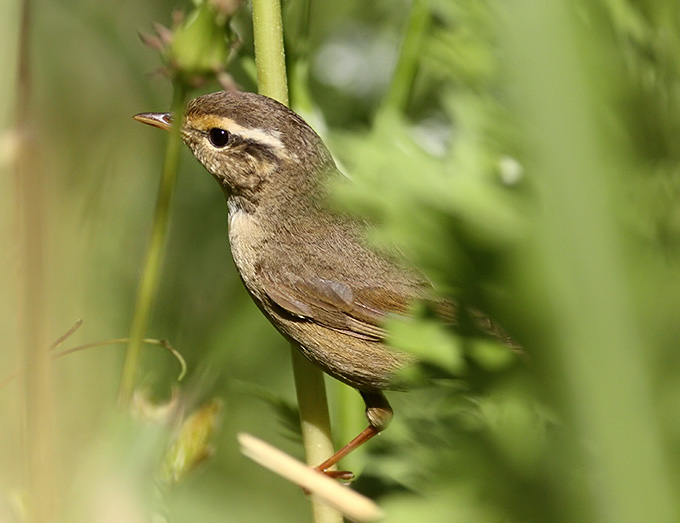
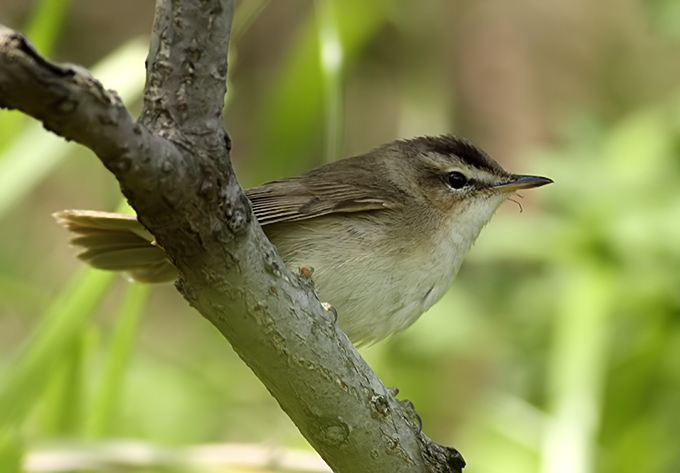

Majin, June 1
An early morning cycle along the Namgang at Majin, Gyeongsangnamdo, and first I saw six Mandarin Ducks waking up in the mist and sailing off. Next came an Oriental Dollarbird on a wire. A crane of some description passed over too quickly, and then a Merlin disturbed an Eastern Great Tit in mid-song. I came across half a dozen Little Ringed Plovers calling to each other as they foraged along the riverside. By the weir, 9 Grey Herons were joined by a couple of two-legged anglers and they shared the spoils. Then a large shadow passed over me; I thought it was another heron and it was a bit too late when I turned my camera on to a beautiful Western Osprey passing rapidly upstream. As I headed home, a couple of White Wagtails gave noisy and somewhat foolish chase to a Common Kestrel; and another Oriental Dollarbird flew past, its glossy colours and white patches glinting in the morning sun.
